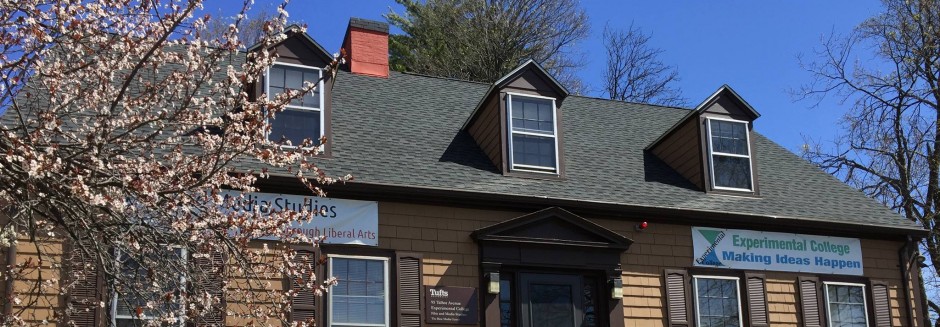Recent research has shown quite convincingly that people of all ages learn more — and learn it more effectively — when they work in groups.
Small groups facilitate one of the central aims of first year seminars: having students take charge of their own education. No matter the size of a class, it can always be broken down into smaller groupings. This enables more people to be directly involved in the learning process and, in turn, means more ideas and insights — and more cross-fertilization of ideas and insights.
Each small group tends to develop its own identity, which usually lends itself to a spirit of friendly competition among the groups. Also, natural curiosity comes into play: all of us tend to be interested not only in the people with whom we are grouped but interested in “what they’re doing over there” as well. In addition, reticent students often feel more con fi dent about expressing themselves in a larger group after they have practiced the point with a smaller audience.
BREAKING THE CLASS INTO WORKING GROUPS
Three elements of group dynamics are crucial to the effectiveness of small working groups. The first is clear instructions. Instructions about the particular task at hand should be brief and to the point, as seen in the examples below.
- Decide which person in Homer’s Iliad best represents the qualities of a Greek hero and then list what those qualities are.
- Identify three main themes in the film, Birdman.
- Write down three examples of sex-role stereotyping from your childhood.
Be sure that the groups know how much time they have to do their work.
The second element is to vary the size of the groups you use and the ways in which you structure them so that students have a chance to work in a number of different situations, with a number of different people. Here are two examples.
- Have students pair off and decide together what comprises the key set of values implicit in a particular text, film, or topic.
- Ask groups of three to generate a list of relationships (comparisons and contrasts) between one text/ film and another.
Be alert to the fact that friends tend to sit together and thus end up, too often, in the same groups. This situation can be remedied either by random assignments, say by alphabetical order, or by intentionally placing certain people in different groups.
The third element is to use different procedures for reporting on the work of the group when the seminar as-a-whole is reassembled.
Here are three examples.
- Have each group designate a recorder/spokesperson who verbally relates the group’s findings.
- Ask one student to record each group’s ideas on the blackboard.
- Provide each group with newsprint and a felt pen to record its decisions, which are then posted around the room.
GROUP PROJECTS
In a similar vein, having two, three, or four students work together on outside assignments can make “homework” a more effective learning experience. For example:
- Teams of students in an Explorations seminar on comedy might review and report on recent newspaper coverage of comics who are offensive in the eyes of some groups.
- Or teams of students in a Perspectives group might conduct interviews in different residence halls in order to gauge student behavior and attitudes with respect to movie viewing on small devices.
The members of each team then must figure out among themselves how they are going to get the necessary work done, who will be responsible for each particular aspect of the project, and who will coordinate the group’s activities.
This method has proven quite beneficial. To begin with, more ground can be covered by the team than any one individual could have done by himself or herself. In addition, the group dynamic of not wanting to be the one who lets the others down tends to insure balanced participation and a reasonably well-crafted product.
STUDY GROUPS
A second, more long-term implementation of this method is to have the students set themselves up in study groups — a practice that is very popular among law-school and business-school students. Rather than being put together as a team for a short-term assignment, the study group will work as a unit throughout the semester. It should meet at regular intervals, outside of class, and should be focused on a specific goal such as an in-class group presentation, a research project, or video production.
Again, the questions of group dynamics and “peer pressure” come into play. Accommodations to different learning and studying styles must be made if the group is going to survive. Further, a set of ground rules must be established so that each member of the group has a clear sense about the line between collaboration and doing someone else’s work for them.
